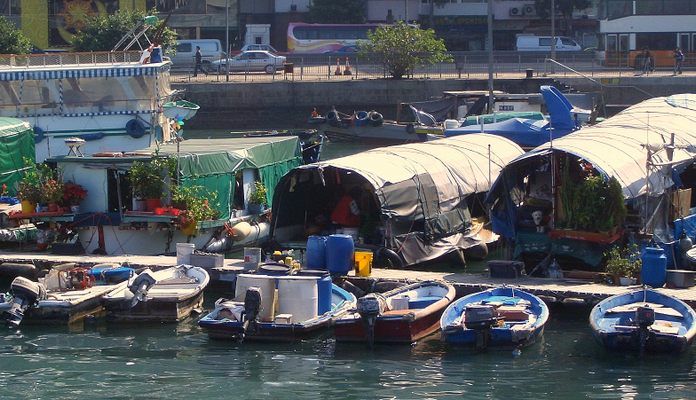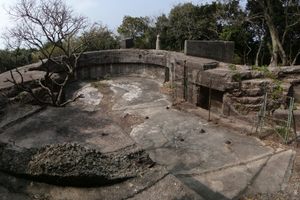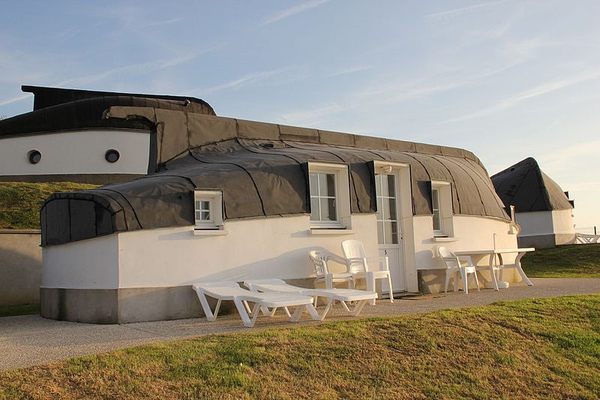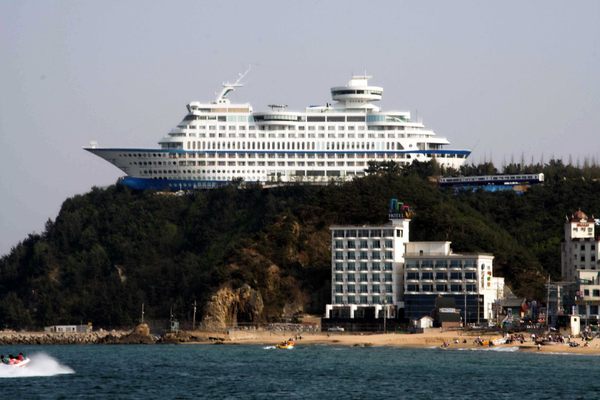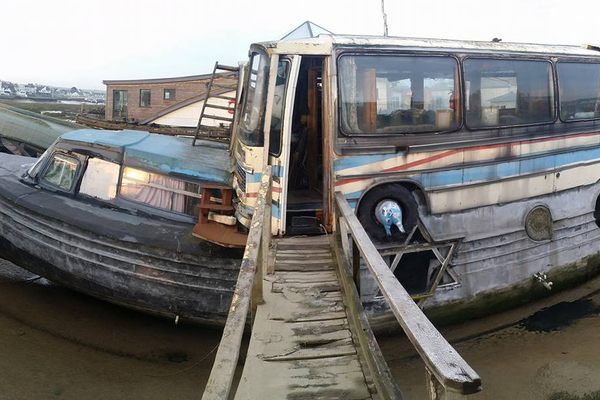About
In the middle of the fleet of luxury yachts a distinct subculture still survives: a small group of boat dwellers living at the Causeway Bay Typhoon Shelter.
The Tanka (boat dwellers) were among the early ethic subgroups of Hong Kong, The origins of the Tanka are uncertain, but it is generally accepted that they were indigenous people of Southern China who began dwelling on boats in coastal waters, because of their displacement by the invading Han from the north from 221 BC onwards, during the Qin Dynasty. The term Tanka is now considered derogatory and no longer is in common use.
The boat dwellers were considered to be outcasts and they were despised by the land-dwelling Han. Later on, since they were boat dwellers who lived by the sea, they were sometimes referred to as "sea gypsies" by the Chinese and British. Though many now live onshore, some from the older generations still live on their narrow boats and keep alive their traditional way of living.
Causeway Bay Typhoon Shelter was the first typhoon shelter in Hong Kong. The original typhoon shelter was built after the 1874 typhoon, at the present location of Victoria Park, to provide shelter for fishing boats during storms. It was completed in 1883 with a breakwater only 427 metres. On September 18, 1906, a typhoon struck Hong Kong, destroying 3,653 boats and killing 15,000 people, most of them fishermen. Consequently, in March 1908 the Government carried out expansion works on the typhoon shelter, deepening it by 3 metres (9 feet). In 1953 the typhoon shelter was moved northwards to its present site and the original typhoon shelter was reclaimed to provide land for Victoria Park.
Four decades ago, there were almost 40,000 people living on boats in the typhoon shelter, creating a thriving and distinct subculture. Today, there are only about 30 residents tacked away amidst luxury yachts. Many of them have homes on land as well. They make living by transporting people from the shore to their yachts, by taking passengers for a trip around Victoria Harbour or by providing "typhoon shelter cuisine." One of the ships is a grocery store that provides supplies to the floating community. Also, moored at the Causeway Bay Typhoon Shelter is a floating temple dedicated to the goddess Tin Hau, the Chinese patron goddess protecting seafarers, docked at its current location since 1955. The temple houses a statue of her that was fished from the sea.
Update January, 2017: This is no longer there as of December 2016. There is some work ongoing in the area, which is closed off and with no boats.
Related Tags
Published
July 10, 2016
